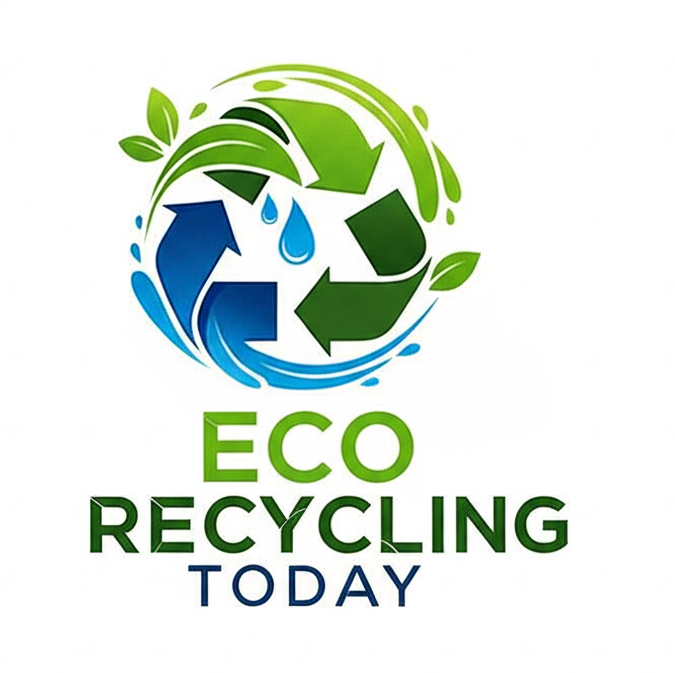Televisions have evolved from bulky CRT sets to sleek flat-screen LEDs—but what happens when they break or become obsolete? Millions of TVs are discarded each year, contributing to the global e-waste problem. Fortunately, television recycling technology helps manage this waste responsibly by recovering useful materials and reducing environmental harm.
Why to Recycle Televisions
Old televisions contain hazardous substances such as lead, mercury, cadmium, and brominated flame retardants. Improper disposal can lead to soil and water contamination. Recycling ensures:
- Safe disposal of toxic materials
- Recovery of valuable components
- Reduction in raw material extraction
- Compliance with environmental regulations
Types of Televisions Recycled
Each type of TV requires a different recycling process:
CRT (Cathode Ray Tube) TVs
- Contain large glass tubes with lead
- Bulky and heavy
- Require careful dismantling to prevent contamination
LCD (Liquid Crystal Display) TVs
- Contain mercury backlighting (in older models)
- Have delicate screens and plastic casings
LED and Plasma TVs
- Use advanced lighting with fewer hazardous materials
- Include recyclable metals and plastic components
Television Recycling Process
1. Collection and Sorting
TVs are collected through drop-off sites, retailer take-back programs, or e-waste events. They are sorted by type to prepare for safe dismantling.
2. Manual Disassembly
Trained workers remove:
- Cables and plastic housing
- Power supply boards and circuit boards
- Screens and display panels
- Metal frames and screws
Manual dismantling ensures precision and safety, especially for handling mercury or lead glass.
3. Special Handling of CRTs
CRT recycling is one of the most challenging due to the leaded glass. It involves:
- Separating the funnel glass (with lead) from the panel glass
- Crushing and cleaning glass components
- Sending materials to specialized facilities for lead recovery
4. LCD and LED Panel Processing
Older LCDs may contain mercury cold cathode fluorescent lamps (CCFLs) that require:
- Vacuum-sealed chambers for lamp removal
- Mercury recovery systems
- Newer TVs (LEDs) use less toxic materials and are easier to recycle.
5. Component Recovery
- Metals: Copper wires, aluminum heat sinks, and steel frames are shredded and melted down for reuse.
- Plastics: Sorted by type (ABS, PS, etc.) and granulated for molding into new products.
- Glass: CRT glass can be reused in tile or concrete manufacturing, or refined for safe landfill.
- PCBs (Printed Circuit Boards): Processed for gold, silver, palladium, and other rare metals through pyro- or hydrometallurgical recovery.
6. Environmental Controls
Modern recycling plants use filtration systems, negative pressure zones, and closed-loop processing to prevent the release of toxic substances.
Benefits of Television Recycling Technology
- Reduces Toxic Waste: Prevents release of hazardous materials into the environment.
- Conserves Raw Materials: Recovers valuable metals and plastics for reuse.
- Minimizes Landfill Waste: Keeps bulky electronics out of landfills.
Innovations in TV Recycling
- Automated Disassembly Lines: Use robots to disassemble flat-panel TVs efficiently.
- Laser-Based Sorting Systems: Help separate materials with high accuracy.
- AI & Vision Systems: Used in smart sorting and quality control.
- Low-Impact Glass Recovery: New techniques extract lead from CRT glass for safe reuse.
How to Recycle Your Old TV
- Use certified e-waste recyclers (look for R2 or e-Stewards certification)
- Return to manufacturers offering take-back programs (Samsung, LG, Sony, etc.)
- Drop off at local recycling centers or municipal e-waste collection days
- Donate working TVs to schools or charities if they still function
With the rise of newer television models, proper disposal of old units is more important than ever. Television recycling technology not only protects the environment but also extracts valuable resources that can be used in future electronics. Make the smart choice—recycle your old TV and support a cleaner, greener future.
